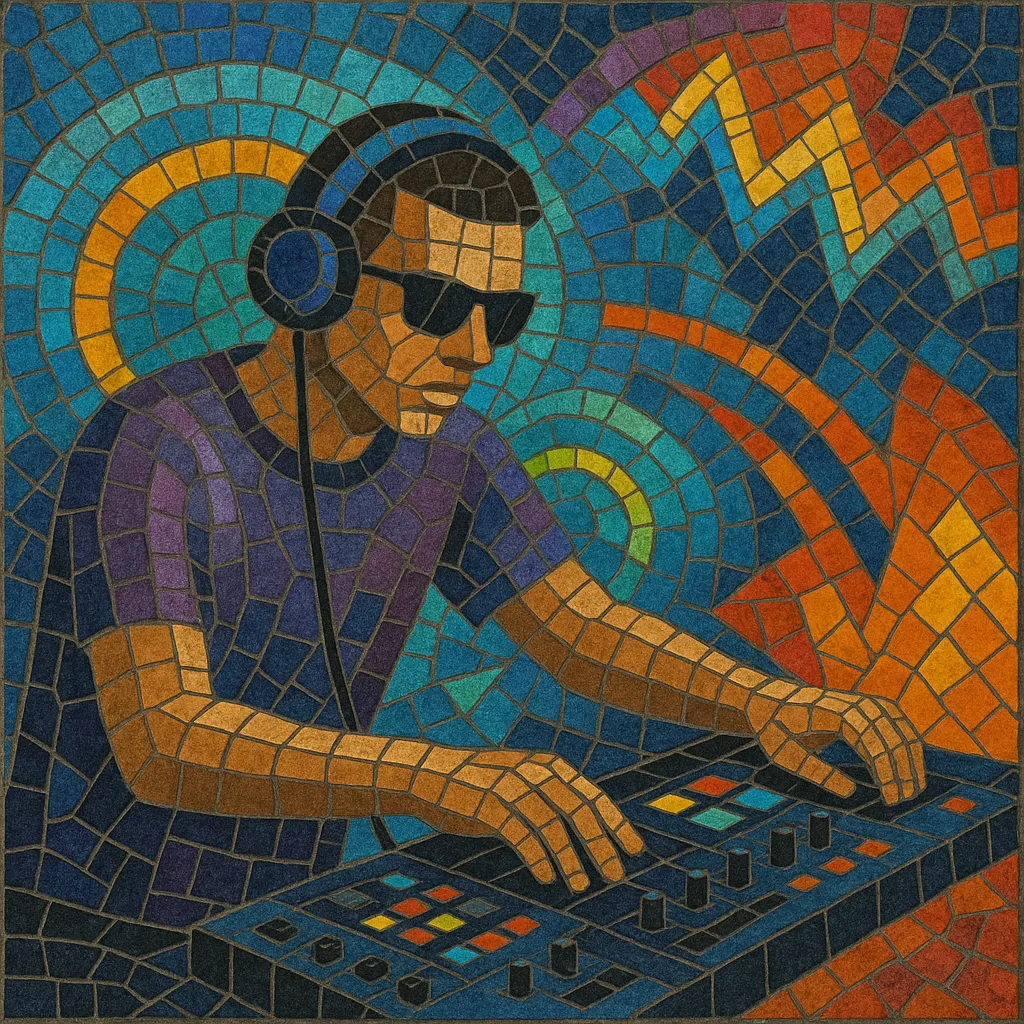Tecnofunk is a Brazilian, club-oriented offshoot of funk carioca that layers the genre’s characteristic 808-heavy, tamborzão-driven grooves with bright, Eurodance/techno-style synths and freestyle-influenced melodies. It favors catchy hooks, sung choruses, and rap verses over glossy, digital production.
Often referred to domestically as "techno funk" or folded into the umbrella of "funk melody," the style preserves funk carioca’s percussive punch and call‑and‑response energy while swapping raw baile funk textures for cleaner, radio‑friendly timbres. The result is a dancefloor sound that bridges the bailes (street parties) and mainstream pop, with romantic themes, celebratory lyrics, and unabashedly synthetic sound design.
Funk carioca grew out of Miami bass and electro’s arrival in Rio de Janeiro’s bailes during the late 1980s. As local DJs and MCs localized those sounds, a parallel, more melodic current emerged that embraced polished synthesizers and pop songcraft—this would be labeled "tecnofunk" (often also called "funk melody") in Brazil.
Throughout the 1990s, producers and sound systems (equipes) in Rio experimented with Eurodance and freestyle textures over the baile’s booming 808s. The name "tecnofunk" signaled that these tracks kept the funk beat but adopted clubby, techno/electro timbres and ear‑worm melodies. Radio play, compilation CDs, and baile circuits helped the sound spread beyond the favelas into mainstream attention.
In the 2000s, tecnofunk’s smoother, synth-led approach yielded pop hits with sung choruses, romantic narratives, and cleaner arrangements, distinguishing it from grittier baile funk strains. DJs modernized drum programming, incorporated brighter supersaw leads and trance‑y pads, and tightened arrangements for FM radio and TV appearances, cementing tecnofunk as a bridge between street parties and the pop market.
While newer waves—like São Paulo’s ostentação era and later trap‑leaning hybrids—reshaped Brazilian funk, tecnofunk’s melodic, glossy template remained influential. Its songwriting-forward approach and dancefloor immediacy informed later styles such as brega funk in the Northeast and helped normalize the fusion of funk carioca beats with pop/electronic production in contemporary Brazilian charts.


